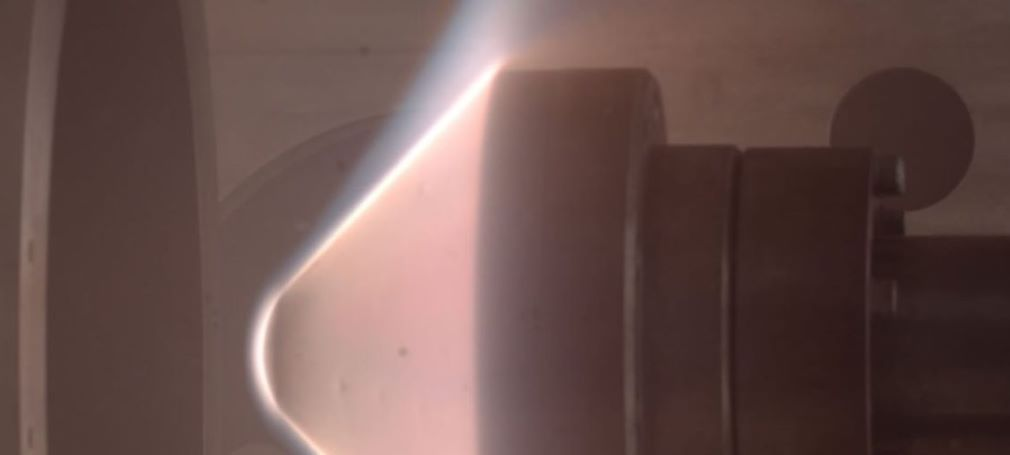Speaker
Description
In collaboration with NASA Ames and Langley, the German Aerospace Center (DLR) is advancing the development of a specialized instrumentation suite for NASA’s Dragonfly mission to Titan. This suite, known as the Dragonfly Entry Aerosciences Measurements (DrEAM), is designed to provide critical aerothermodynamic data and performance analysis for the Thermal Protection System (TPS) of the Dragonfly spacecraft. Entry into Titan's atmosphere, which is predominantly composed of nitrogen (N2, ~98% by volume) with minor amounts of methane (CH4, ~2% by volume) and trace gases, will result in the presence of CN species. This compound plays a crucial role with respect to radiative heat loads on the backshell of the Dragonfly capsule. It exists in nonequilibrium concentrations during Titan entry, making accurate modeling extremely difficult.
The suite will integrate the COmbined Sensor System for Titan Atmosphere (COSSTA) provided by DLR, which is based on the sensor configuration used in the COMbined Aerothermal and Radiometer Sensor (COMARS) suite [1] previously flown on the Schiaparelli mission. COSSTA consists of three sensor clusters, each with a specific arrangement of instruments to maximize science return within our data constraints:
COSSTA 1 includes two narrowband radiometers and one total heat flux sensor;
COSSTA 2 features two narrowband radiometers and two pressure sensors; and
COSSTA 3 is equipped with two narrowband radiometers, one total heat flux sensor, and one pressure transducer.
The COSSTA radiometers are based on thermopile technology and equipped with CN-red and CN-violet filters, essential for quantitatively assessing the contributions from the main bands of CN on radiative heating on the vehicle's aftbody. In addition to the six narrowband radiometers, a broadband radiometer will be positioned near the capsule’s shoulder to measure total radiative heating.
Radiative heating is particularly crucial for the backshell, where the heat load predominantly depends on shock layer radiation rather than convection, underlining the importance of understanding these mechanisms for effective TPS design. Hence, sensor calibration is a critical aspect of the project, ensuring accurate measurements under the challenging conditions of Titan's atmosphere.
The presentation will elaborate on the instrumentation design for each COSSTA location, detailing the integration of the radiometers, as well as the current status of the design, characterization and calibration processes. By providing high-quality measurements of radiative heating, COSSTA will play a pivotal role in enhancing our understanding of Titan atmospheric entry and contribute valuable data to the broader field of entry science.
References:
1. A. Gülhan et al. “Aerothermal Measurements from the ExoMars Schiaparelli Capsule Entry,” Journal of Spacecraft and Rockets, 2018.
Summary
Radiative heating is particularly crucial for the backshell of the Dragonfly capsule with respect to effective TPS design. Hence, radiometer calibration is a critical aspect of the project, ensuring accurate measurements under the challenging conditions of Titan's atmosphere. Radiometer design and integration are detailed as well as the current status of characterization and calibration. By providing high-quality measurements of radiative heating, COSSTA will play a pivotal role in enhancing our understanding of Titan atmospheric entry and contribute valuable data to the broader field of entry science.

